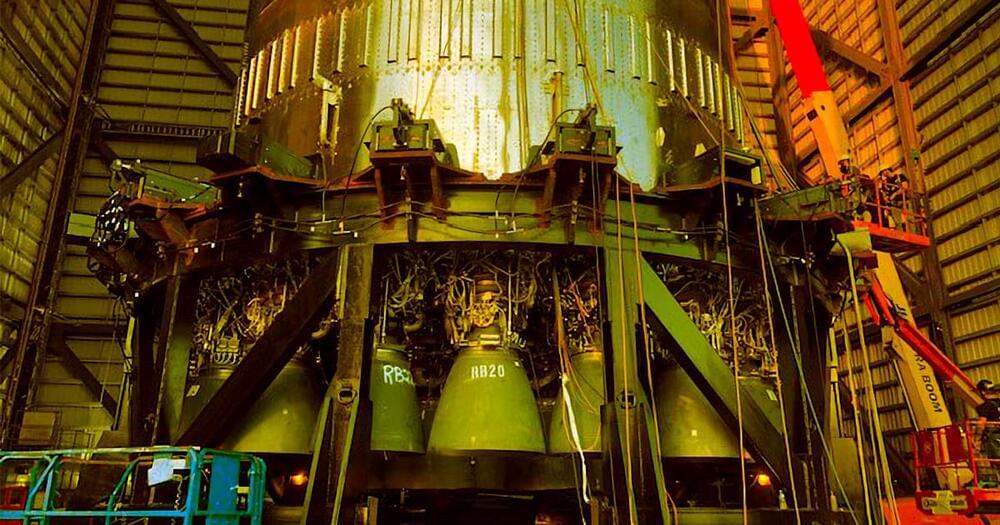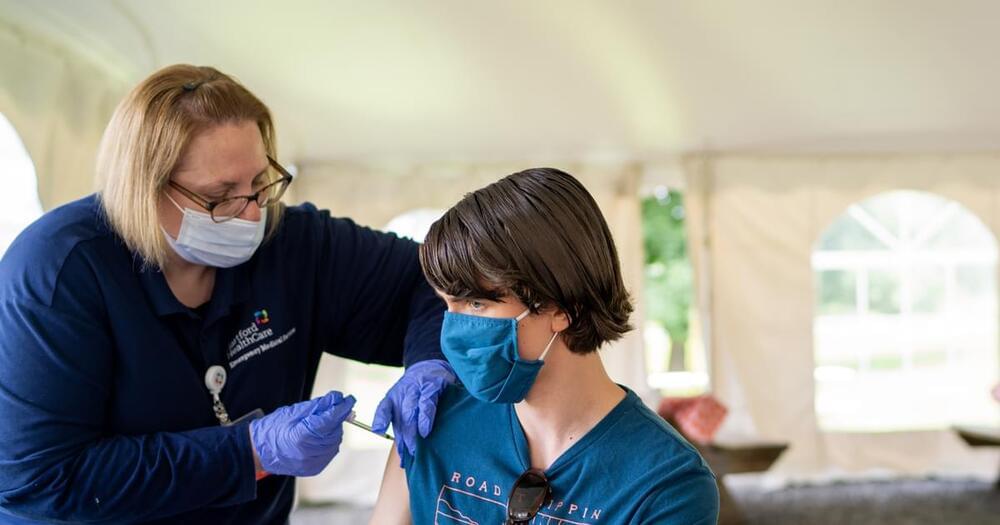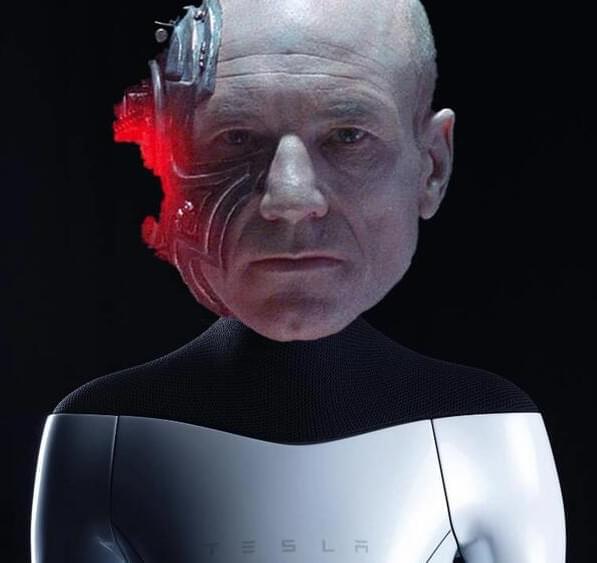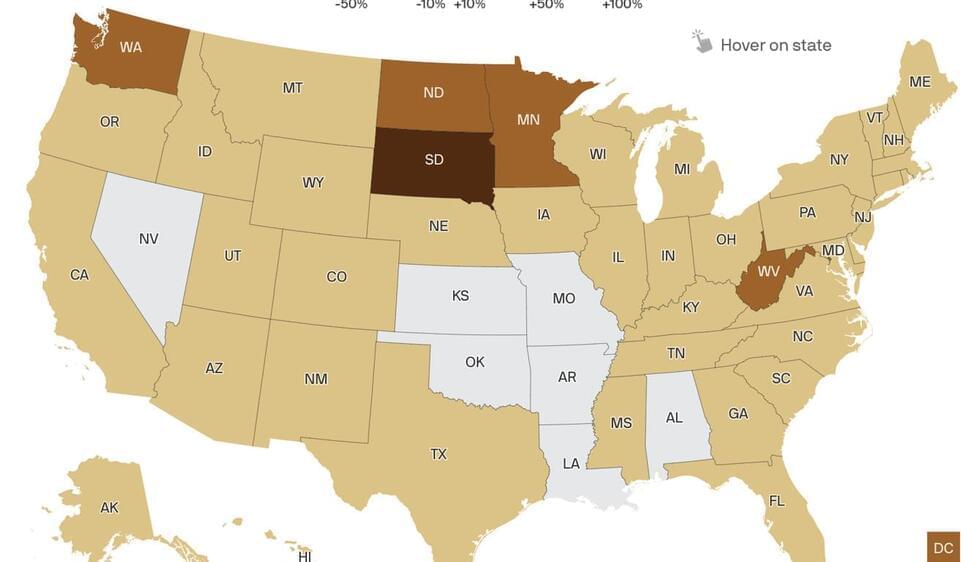Newly released data confirms that the Pfizer-BioNTech and Moderna vaccines are both associated with rare heart problems, and that this side effect is most common after the second shot in adolescent boys and young men. Still, the benefits of vaccination continued to outweigh the risks, scientists said.
The side effects tend to be mild, temporary and uncommon. For every million doses of the second shot given to 12-to 39-year-olds, there were 14 to 20 extra cases of the heart problems, according to the new data, which was presented Monday at a meeting of an independent advisory committee to the Centers for Disease Control and Prevention.
“The data suggest an association of myocarditis with mRNA vaccination in adolescents and young adults,” Dr. Grace Lee, a pediatrician at Stanford and chair of the committee, said at the meeting. “Further data are being compiled to understand potential risk factors, optimal management strategies and long-term outcomes.”







